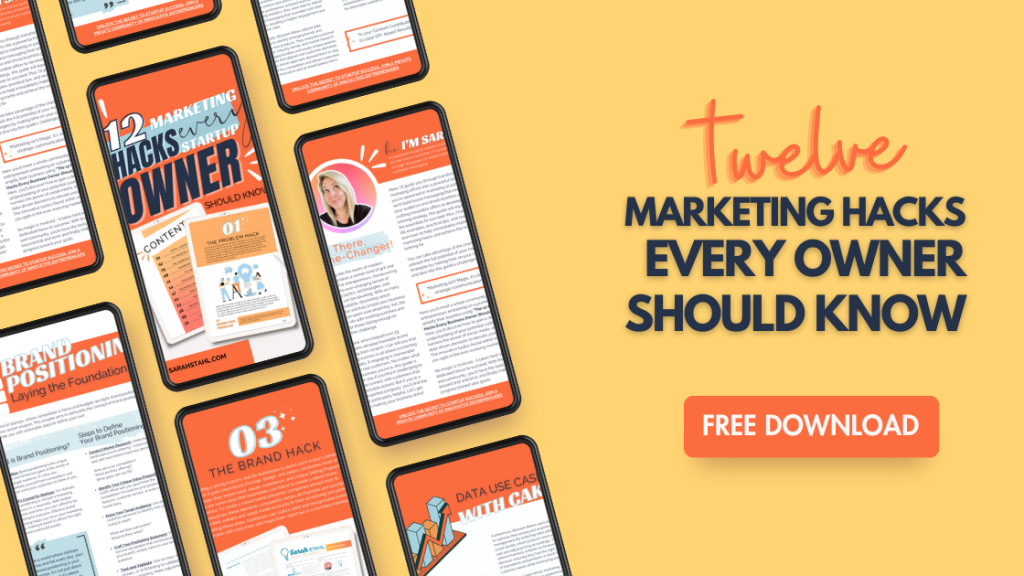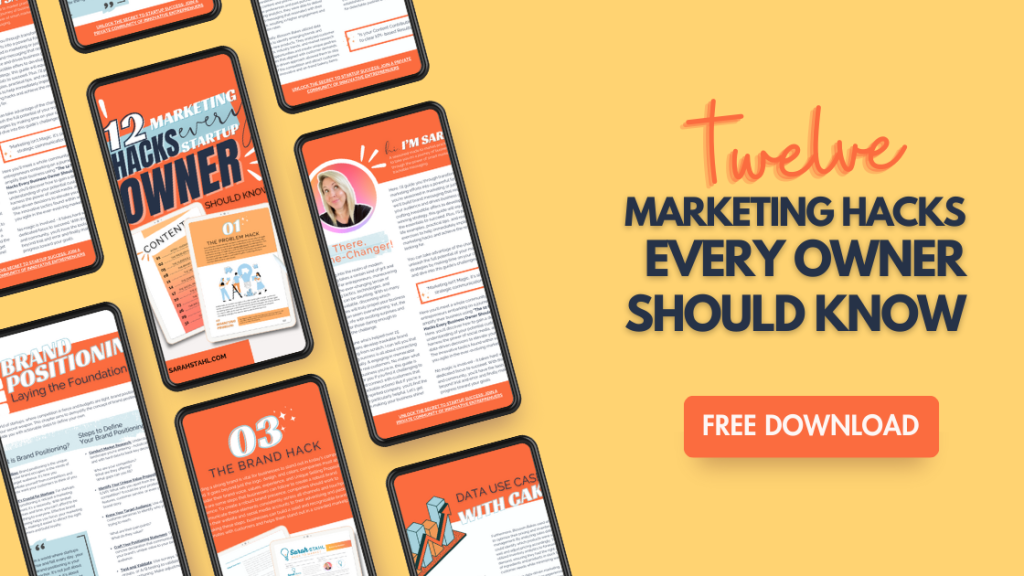
The Bootstrap Paradox: Marketing Success on a Shoestring Budget
In the bustling world of startup culture, the common narrative suggests that startup marketing success demands hefty budgets. However, nestled within the entrepreneurial landscape lies a paradox as intriguing as any: The Bootstrap Paradox. This concept celebrates startups that have crafted robust marketing campaigns on shoestring budgets, turning the tables on conventional marketing wisdom. This post delves into the art and science of achieving marketing success without breaking the bank, offering insights and strategies for startups aiming to make a significant impact with limited resources.

The Essence of Bootstrapping in Marketing
At its core, bootstrapping in marketing means doing more with less. It’s about maximizing the impact of every dollar spent, relying on creativity, strategic thinking, and an intimate understanding of your target audience. The essence of bootstrapping is not just about being frugal; it’s about being smart and resourceful in leveraging what you have to achieve your marketing goals.
The Bootstrap Paradox in Action: A Tale of Ingenuity
The startup ecosystem is rife with tales of companies that have defied expectations by running highly successful marketing campaigns on minimal budgets. These stories are not just inspiring; they serve as a testament to the power of innovative thinking in overcoming financial constraints.
One standout example is the story of Dropbox. In its early days, Dropbox faced a significant challenge: How do you convince people to try a new service that’s difficult to explain with just words? Instead of pouring money into costly advertising, they turned to a simple yet ingenious referral program. Users were offered extra storage space for every friend they invited who joined Dropbox. This approach turned their existing users into passionate evangelists, driving exponential growth and significantly increasing their user base without the need for a hefty advertising budget.
Another example could be a company that used content marketing, crafting compelling blogs and videos that captivated their audience and drove engagement organically. Buffer, a social media management tool, is a prime illustration of this approach. They focused on providing immense value through detailed blog posts about social media strategies, productivity, and more, which attracted a vast audience. This content didn’t just bring in traffic; it established Buffer as a thought leader in its space, enhancing brand trust and loyalty, and ultimately contributing to its growth.

These examples underscore a critical lesson for startups: creativity and strategic thinking can level the playing field, allowing smaller companies to compete with giants without the need for deep pockets. It’s a reminder that in the digital age, the most effective currency isn’t money—it’s ingenuity and the ability to genuinely connect with your audience.
Key Strategies for Bootstrap Marketing
- Leveraging Social Media: The digital age has democratized marketing, with social media platforms offering a powerful, cost-effective way to reach potential customers. Startups can harness the power of these platforms, engaging directly with their audience, building a community, and fostering brand loyalty. Not just the ‘Facebook’s’ of the world either. Identify where your specific target congregates and be authentically present in that place.
- Content Reins: High-quality, relevant content can attract and retain a clearly defined audience. By providing value through informative blogs, engaging videos, or insightful podcasts, startups can establish authority in their niche, enhance their brand’s visibility, and drive organic traffic. This requires a deep grasp on what moves them to take action.
- Referral Programs: Word-of-mouth is a potent tool in a marketer’s arsenal. Implementing a referral program incentivizes existing customers to spread the word about your product or service, effectively amplifying your marketing efforts at a fraction of the cost of traditional advertising.
- Collaborations and Partnerships: Strategic partnerships with other businesses can unlock new avenues for cross-promotion, enabling startups to tap into each other’s audiences and resources, fostering mutual growth without substantial investment.
- Guerilla Marketing Tactics: Thinking outside the box can lead to innovative marketing strategies that capture the public’s imagination. Whether it’s a flash mob, an interactive public installation, or a clever social media stunt, guerilla marketing can generate buzz and virality on a budget.
Understanding and Adapting to Your Customers
A deep understanding of your target audience is the cornerstone of effective bootstrap marketing. By engaging with your customers, soliciting feedback, and closely monitoring how they interact with your content, startups can tailor their marketing efforts to resonate more profoundly with their audience’s needs and preferences. This customer-centric approach not only enhances the effectiveness of marketing strategies but also builds a loyal customer base that is more likely to advocate for your brand.
Tools and Resources
Thankfully, a plethora of free or low-cost digital tools are available to assist founders in their startup marketing endeavors. From graphic design tools like Canva to social media management platforms like Agorapulse and analytics tools like Google Analytics, startups can access a wide range of resources to streamline their marketing processes and gain insights into their campaigns’ performance.
Conclusion
The Bootstrap Paradox serves as a compelling narrative for startups navigating the competitive landscape of marketing with limited resources. By embracing creativity, leveraging available tools, and maintaining a laser-focus on their target audience, startups can defy conventional marketing expectations and carve out their success stories. As we’ve explored, the journey of bootstrap marketing is not just about surviving on a shoestring budget; it’s about thriving through innovation, community building, and strategic thinking.
For startups poised on the brink of their marketing journey, remember: your greatest asset is not your marketing budget, but your vision, creativity, and the ability to connect with your audience on a human level. Embrace the Bootstrap Paradox, and let your startup’s marketing narrative be one of triumph over budgetary constraints.

Marketing With Budget Limitations
Are you ready to embark on a marketing journey that transcends budget limitations? Dive into the world of bootstrap marketing and unlock the potential of your startup. Share your thoughts and experiences in the comments below, and let’s foster a community of innovators turning constraints into opportunities.